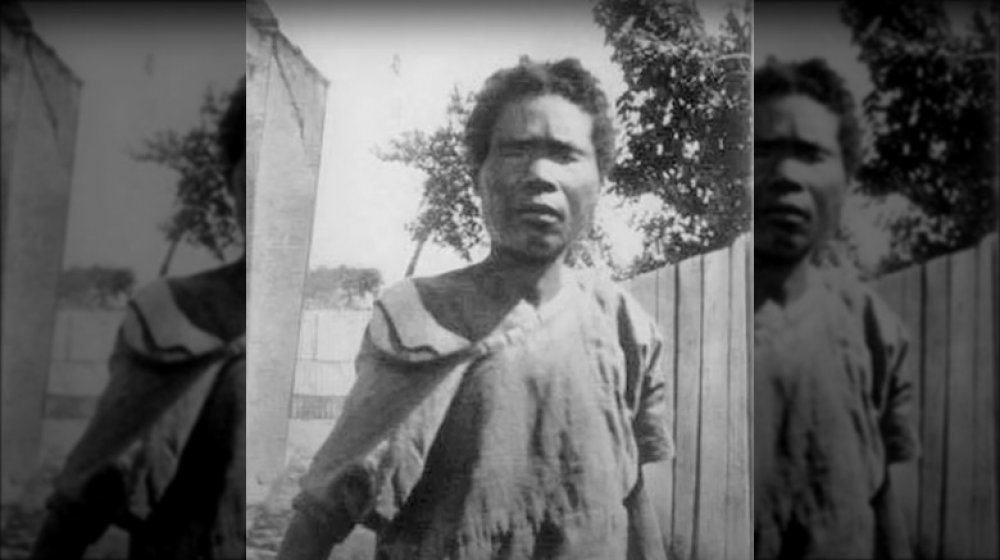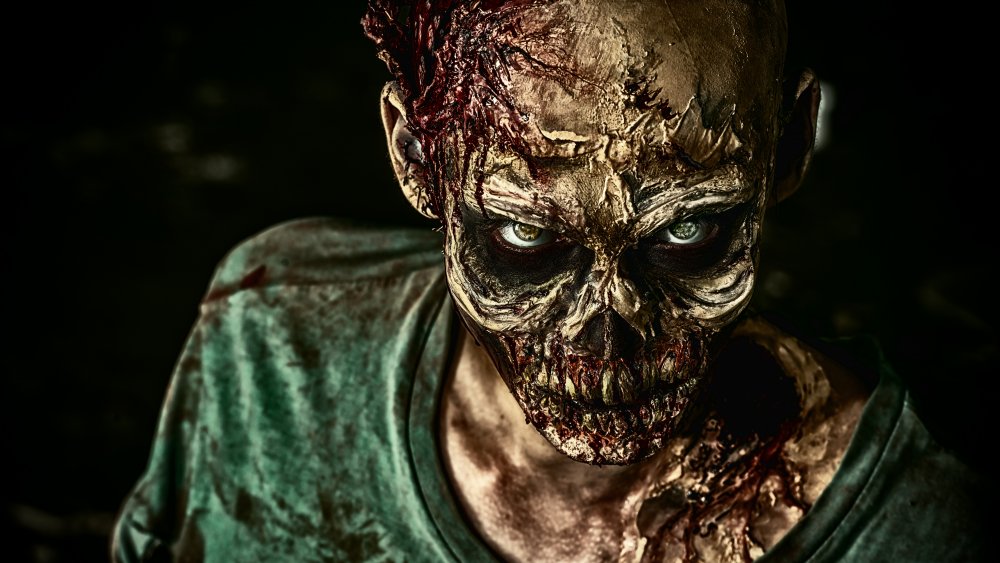The Man Who Was Successfully Turned Into A Zombie
Haiti: 1962. A man checks himself into a hospital with labored breathing. The medical staff does their best but within a few hours of checking in, he's dead. His time of death is noted, and the body is carefully bagged and refrigerated. And there he remains in cold storage while his family, grief-stricken, make funeral arrangements. And the world flows on, as it always has and always will. Only this isn't the end of this particular man's story.
Haiti: 1980. A middle-aged woman, Angelina Narcisse, is wandering the stalls at a local market. She feels a tap on her shoulder and turns to see a bedraggled man, clad in rags, and stinking the unrighteous stench of one who has long-spurned deodorant's cleansing caress. Her first instinct is to turn away, but in a familiar voice, he addresses her using a nickname she hasn't heard in close to two decades. With a sick feeling, Angelina realizes the wrecked creature she's gazing at is her brother, a man she buried and grieved for years ago.
Ah, zombies. The archetype of the shambling undead minion has left a meaty trail across the length and breadth of pop culture worldwide. But is zombification actually a thing? And if so, how does it happen?
Is zombification actually a thing?
The zombie has its roots in Haitian Voodoo mystical belief. As per Live Science, voodoo is an eclectic and colorful kaleidoscope of ideas drawing from Africa diasporic folklore, folk medicine, and a delightfully chunky god-goulash of higher beings. The OG zombie artfully blends these wholesome Vodoun influences. Sure, the OG-Z is a reanimated corpse; a mindless undead slave who'll carry out its master's bidding without question. But it carries itself with a certain brooding panache.
While the traditional method of zombification may vary, the process typically involves the use of a potent powder that fumigates a victim's soul while leaving the body a conveniently pliant husk — a bit stinky, granted, but more-or-less intact. As described by Skeptoid, the secret lies in the crazy voodoo powder, and in particular, one of its key ingredients — a compound found in pufferfish called tetrodotoxin. This potent neurotoxin works by blocking sodium in nerve cell membranes, effectively robbing nerves of their power to fire muscle movement. The whole bodily shebang powers down, making the victim appear corpse-like.
Unfortunately, in almost all instances, you can attribute this deathly appearance to the simple fact that the victim is ... well ... dead. However, very occasionally, if the dose is just right, the zombie victim will only appear dead and will later revive, albeit with significantly fewer functioning brain cells. Skeptoid points out that successful zombie attacks are "probably extremely rare," but it's plausible. Put another way: Yes, zombification is actually a thing.
So what happened to Clairvius Narcisse?
Evidently, understanding the true inner workings of zombification doesn't require a grounding in the mystical side of voodoo. Nor does it require rampant bio-weaponized monkeys or an online diploma from the Church of Satan in Necromancy for Fun and Profit. Nope, the long and shambling road to zombification mastery begins and ends with the science-magic of pharmacology.
So, back to poor old Clairvius Narcisse. Did his journey from the grave actually happen? Weirdly, all the above (OK minus some of the cinematic embellishments) may have happened. Narcisse died (for real this time) in 1994, and there was considerable debate during his life about whether or not he had been dosed with tetrodotoxin. We do know, as accounted in Harvard Magazine, that his death certificate was signed in 1962. We also know that the man who returned in 1980 was Narcisse; a thorough medical and psychiatric evaluation cleared that beyond any reasonable doubt.
Narcisse's explanation for his disappearance and subsequent ghoulish transformation would fit quite nicely into a supernatural soap opera. His brother had organized to have him abducted, drugged, and conveniently shipped off to a zombie's life of abject deprivation and squalor. The brother's motivation? Getting his mitts on a big pot of sweet, sweet inheritance money. Of course, the man may just have done a runner, only to come back with a tale of woe to garner a big chunk of family sympathy. One thing's for sure, though — if it was the zombie thing, Clairvius' brother has some serious explaining to do.


